By: Amog Nair

In the vast tapestry of human knowledge and scientific progress, there are phenomena that transcend the known boundaries of our understanding. Among these is the enigma of Unidentified Aerial Phenomena (UAPs), a subject that demands our immediate attention. While the world grapples with this paradigm-shifting revelation, it’s becoming increasingly clear that India and the developing world are disturbingly unprepared to navigate the intricate web of questions and challenges that UAPs present. The time for action is now, for the consequences of inaction could be profound and far-reaching.
John Kirby, representing the Pentagon, has underscored the gravity of the UAP matter by repeatedly acknowledging it as a critical safety of flight concern and a potential threat to national security. Notably, prominent figures like Presidents Bill Clinton and Obama, along with senior officials including John Brennan and John Ratcliffe, have affirmed the existence of this intriguing phenomenon. The weight of these statements highlights the urgency of addressing the UAP enigma. The significance of the matter has prompted NASA’s involvement, tasked with crafting a framework for comprehensively studying these unidentified aerial phenomena. This convergence of voices from high-ranking officials, coupled with NASA’s engagement, underscores the imperative to unravel the mysteries of UAPs to ensure safety, security, and a more informed understanding of our skies.
At the heart of this issue lies a startling contrast: India’s public silence juxtaposed against the candid accounts of servicemen who have encountered UAPs. As major global powers, including the United States and France, delve into understanding and harnessing UAP-related technologies, India’s lack of a coherent response to this issue is concerning, to say the least. This situation is worsened by the fact that China has already begun to employ AI to study UAP. Unlike its counterparts, India lacks a dedicated agency or department responsible for the systematic collection and analysis of UAP data. Eyewitness reports often fade into oblivion, with minimal follow-up or investigation, leaving the nation exposed to unidentified aerial threats.
Compounding the problem is the absence of protocols for reporting UAP sightings within both civilian and military aviation. This critical gap in procedure is alarming, as it leaves India’s airspace vulnerable and its aviation professionals unequipped to handle UAP encounters effectively. Equally disconcerting is the lack of accessibility to any data collected. Unlike nations that prioritize transparency and public engagement, India fails to provide a platform for deeper study and analysis. Requests for information under the Right to Information (RTI) Act are deflected to the Indian Space Research Organisation (ISRO), which denies any involvement in UAP research. This stands in stark contrast to the proactive efforts of NASA and CNES, who have embraced the need for rigorous UAP analysis.

Moreover, India’s reluctance to engage in international academic collaboration paints a grim picture. While the world converges to discuss UAPs at prestigious conferences such as the French CNES’s GEIPAN conference or the Scientific Coalition for UAP Studies, India remains conspicuously absent from the global dialogue. This isolation hampers the nation’s understanding and preparedness in a rapidly evolving field, leaving it vulnerable to strategic and technological disadvantages.
The lack of parliamentary awareness further deepens the predicament. India’s parliamentarians remain largely oblivious to the unfolding developments, resulting in a critical gap in governance. This absence of informed parliamentary discourse undermines accountability and oversight, weakening the nation’s ability to steer this narrative toward constructive outcomes.
As the global discourse on UAPs unfolds, India and the developing world find themselves standing on the precipice of a defining moment. The repercussions of not acting swiftly and decisively are daunting. From lagging in technology and security advancements to missing out on collaborative global initiatives, the stakes are monumental.
It is imperative that India embarks on a comprehensive strategy that encompasses robust data collection, transparent information sharing, and meaningful international collaboration. We cannot afford to remain spectators as the world redefines its understanding of the skies. The urgency is undeniable, and the call to action is resounding. The time is now for India and the developing world to rise to the occasion, bridge the gaps, and chart a path that ensures they remain at the forefront of this transformative chapter in human history.


